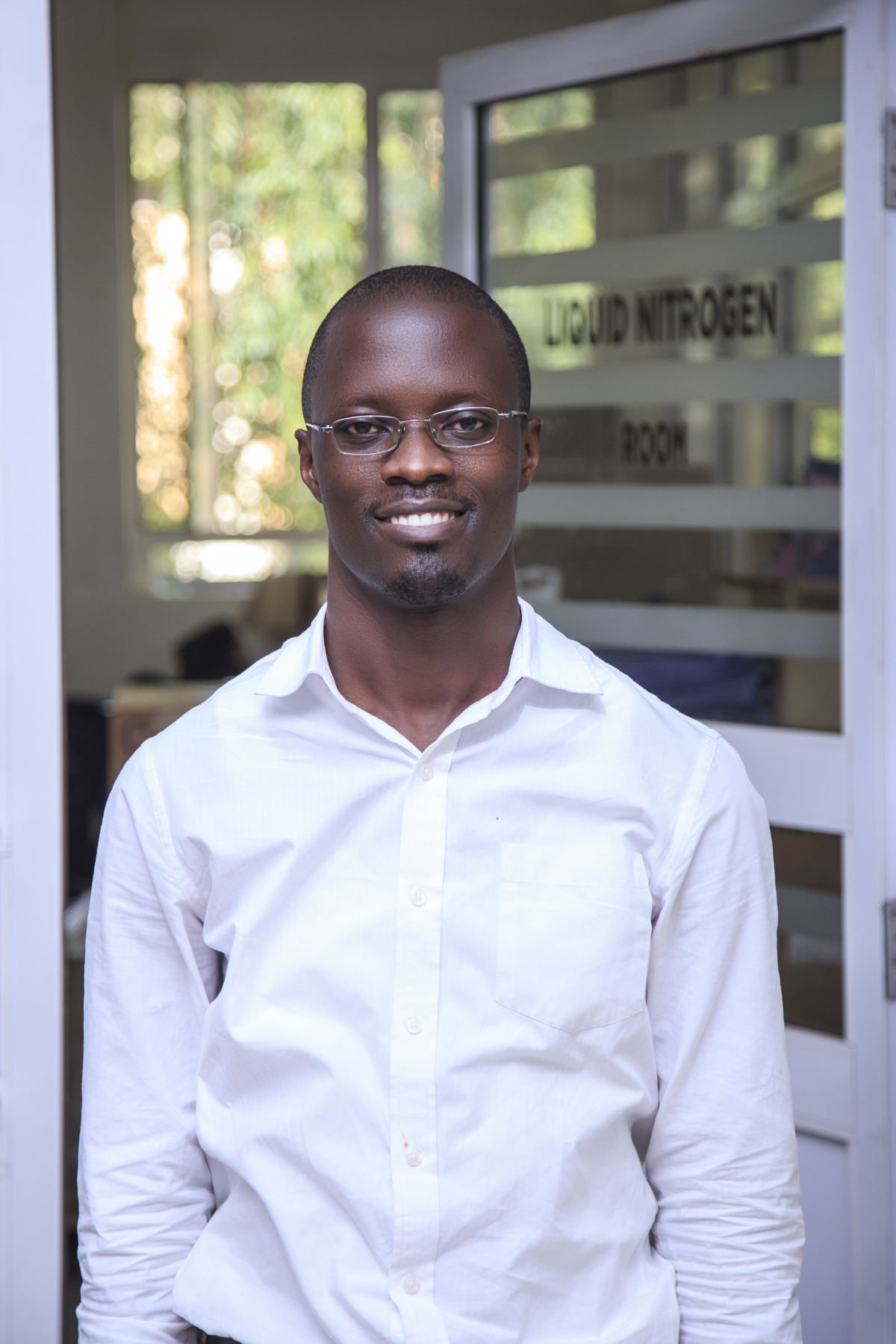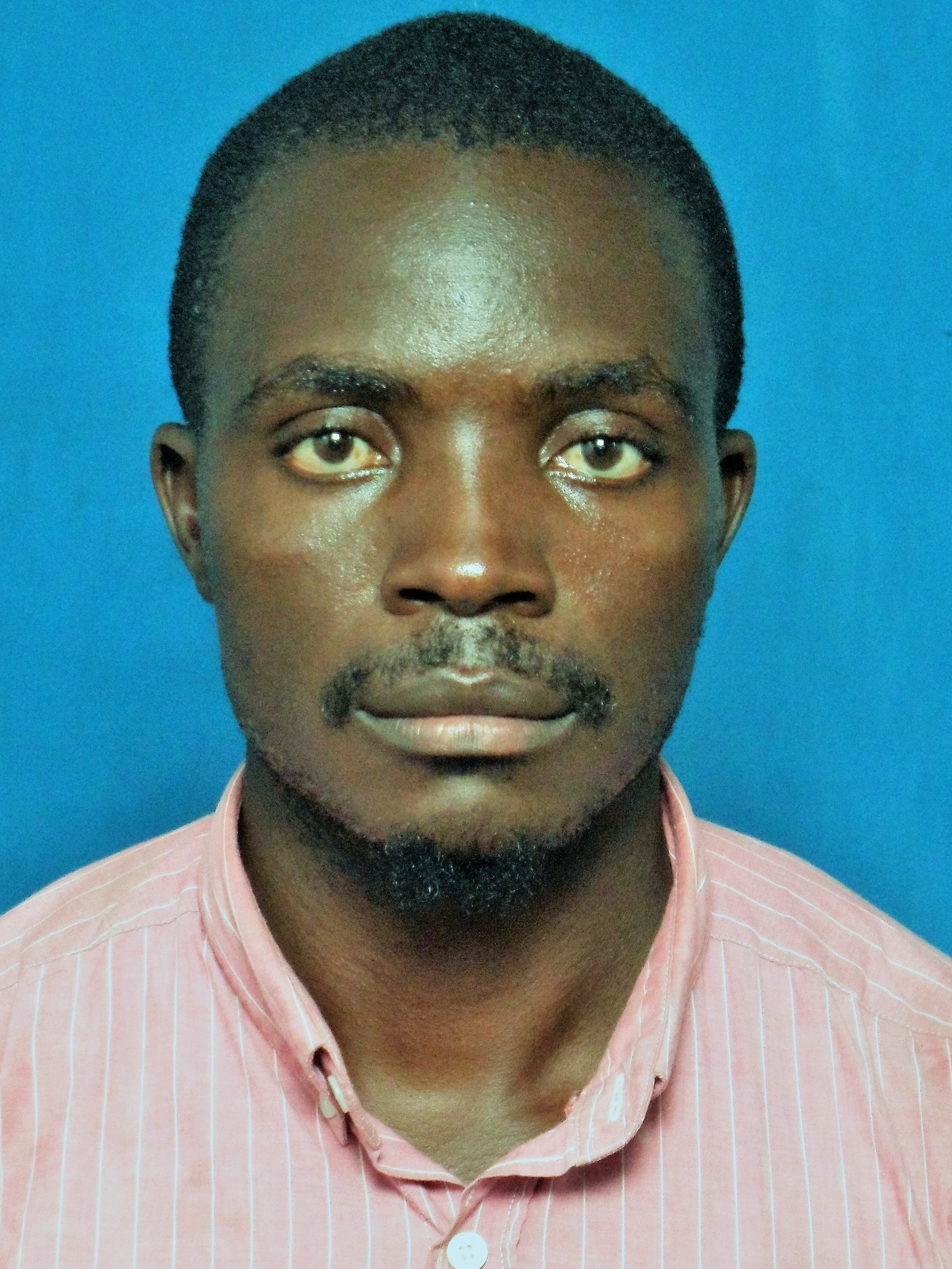

Dr
Samuel Kirimunda
Project Title
Childhood Burkitt Lymphoma survival rates in Uganda: A retrospective cohort study of histologically confirmed BL cases diagnosed between 2011 and 2015 in Northern Uganda (CBS Study)
EDCTP Project
TMA2020CDF-3179
EDCTP Program
EDCTP2
EDCTP Project Call
Career Development Fellowship (CDF)
Project Objectives
1. To determine whether tumor staging at diagnosis is associated with survival among a retrospective cohort of eBL cases in northern Uganda. 2. To determine whether treatment protocols are associated with survival among a retrospective cohort of eBL cases in northern Uganda. 3. To determine whether HLA class I & II allele types are associated with survival among a retrospective cohort of eBL cases in northern Uganda.
Study Design
Retrospective cohort study
Project Summary
Cancer in Africa has been described as being more aggressive and typically affecting younger individuals. Endemic Burkitt Lymphoma (eBL) is one of the most important cancers disproportionately affecting children. It is a B-cell tumor and the most common childhood cancer in many countries in equatorial Africa, including Uganda. Risk for eBL is related to polymicrobial infection with Plasmodium falciparum (Pf) malaria and Epstein-Barr virus (EBV) and chromosomal translocations that cause the over-expression of oncogene C-MYC. There is a paucity of literature on survival rates and it’s determinants among eBL patients from Sub-Saharan Africa primarily due to poor quality of information on local cancer epidemiology. To fill this knowledge gap, we set out to study whether the extent of tumor involvement at diagnosis, type of treatment administered and a patient’s immune response regulating genes called Human Leucocyte Antigen are associated with five-year survival rates among a group/cohort of Burkitt Lymphoma children who were treated in Uganda. We hypothesized that tumor stage at diagnosis, treatment protocol choice and HLA allele genotype are associated with five-year survival rates among children diagnosed with eBL in Uganda. We proposed three specific objectives: 1. To determine whether Tumor staging at diagnosis is associated with survival among a retrospective cohort of eBL cases in northern Uganda. 2. To determine whether treatment protocols are associated with survival among a retrospective cohort of eBL cases in northern Uganda. 3. To determine whether HLA class I & II allele types are associated with survival among a retrospective cohort of eBL cases in northern Uganda. Methods: We performed a retrospective study among cases previously treated at St. Mary’s hospital Lacor between the period of 2011-2015. We reviewed medical records to abstract data for screening and enrolment of participants. Participant five year survival rate since diagnosis was the main outcome and extent of tumor involvement at diagnosis, type of treatment administered and Human Leucocyte Antigen (HLA) the independent variables. Questionnaire interviews were administered to the identified subjects or their guardians to confirm survivorship post hospitalisation. To obtain their HLA status, we performed high-resolution of three Class I loci (HLA-A, B, C) and four Class II loci (HLA-DQA1, DQB1, DRB1 and DPB1) using next generation sequencing (NGS) technology. The samples were amplified locus-specifically for HLA-A, B, C, DQA1, DQB1, -DRB1 and DPB1 by a multiplex polymerase chain reaction (PCR) amplification approach. Preliminary Results: Hospital records review and data abstraction commenced on the 29th of March 2022 and by the end of this period, 316 eBL independent patient hospital records were curated to form a study database to determine childhood eBL survivorship. Of 316 enrolled participants, the age range of the participants was 0–15 years at the time of hospitalisation. Of the 303 (95.8%) that had their tumour involvement determined at diagnosis, 2% (5/303) had their tumors staged as category One and 98% (298) staged as category Two. The treatment protocols used were based on a combination of 4 anti-cancer drugs that were categorized in four major categories with varying outcomes. Of the 299 subjects with treatment data, a majority (226 (72%)) were treated with a combination of four drugs: Methotrexate, Cyclophosphamide Vincristine and Etoposide and the combination therapy of 4, 3 or less drugs was associated with survival. Of the 316 participants, Class I loci (HLA-A, B, C) and four Class II loci (HLA-DQA1, DQB1, DRB1 and DPB1) results are available for 102 participants (32.3%). The proportion of surviving children was 265 (0.84) compared to 51 (0.16) that died at the time of hospitalization. By the end of the project period, we had successfully followed and traced 69 of the living subjects or their guardians for enrolment into the follow up phase of the study. At preliminary analysis during this project period, we observed no association between subjects’ HLA allele, tumor staging at diagnosis, and treatment protocols with survival status.
Host Organisation
| Department | Institution | Country |
|---|---|---|
| Makerere University - Biomedical Research Centre | Uganda |

